
A literate society does not record a complete history of all of the people in the society. History is often recorded by ruling elites to justify their actions and over time history is often revised to reflect contemporary attitudes and to provide propaganda for particular political, philosophical, and religious viewpoints. To the elites who record their histories, many people are invisible, their ways of life are actually unknown to these elites. The historically invisible people include American Indians, particularly those living near cities and providing the important labor that was needed to enable these cities to develop and flourish.
In his book This Country Was Ours: A Documentary History of the American Indian, historian Virgil Vogel puts it this way:
“To some historians, the American Indian is an unperson, or nearly so. Incredible as it may seem, there are American history books in which the aborigines are nearly or even totally consigned to oblivion.”
Historical archaeology is often used to fill in the blanks about the poorly recorded parts of history and to provide information about those people, such as the Indian people of Southern California, who have been left out of history. The story told by historical archaeology is based on the physical evidence that the people left behind. The things people leave behind often include items such as worn-out and broken household tools, discarded clothing and jewelry, and, sometimes, the remains of the houses they lived in.
While history tells us a great deal about important people and important events, it often fails to provide much detail about the lives of everyday people.
One of the displays at the Riverside Metropolitan Museum in Riverside, California, shows some of the objects recovered during the 1991 archaeological excavations at the Spring Rancheria. From the 1870s to the 1890s, the Cahuilla village of Spring Rancheria supplied the nearby non-Indian community of Riverside with labor for homes, orchards, vineyards, and general construction. This was a period of transition for the Southern California Native Americans.
According to the Museum display:
“In the summer of 1991, archaeologists excavated the site of Spring Rancheria in the hopes of better understanding the daily lives of Native Americans transitioning from traditional ways of life—already subverted by a century of occupation by Europeans—to an American economy.”
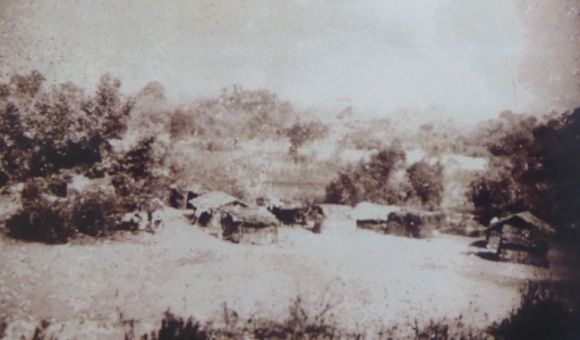 Shown above is an 1883 photograph of the village.
Shown above is an 1883 photograph of the village. 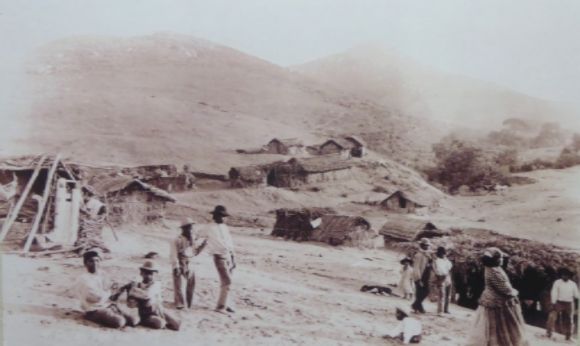 Shown above is an 1886 photograph of the village.
Shown above is an 1886 photograph of the village. 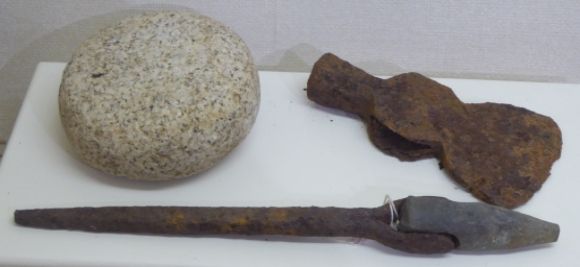 The artifacts uncovered include both stone and metal tools.
The artifacts uncovered include both stone and metal tools. 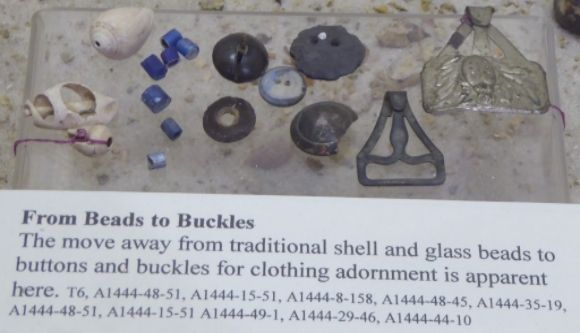
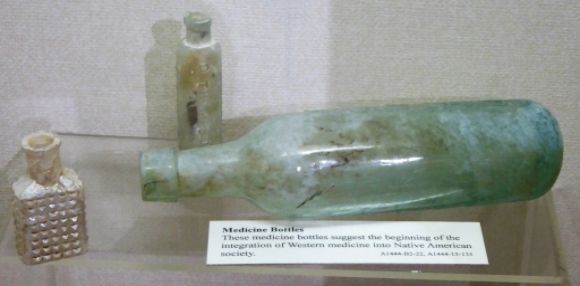
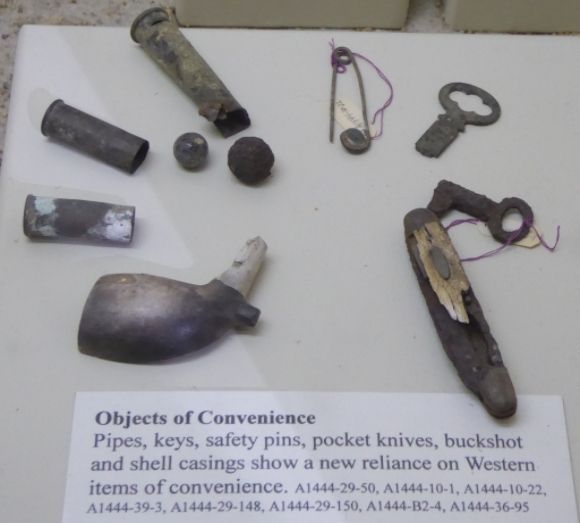
 The traditional handmade brown ceramics (lower right) was being replaced with china from all over the world.
The traditional handmade brown ceramics (lower right) was being replaced with china from all over the world.
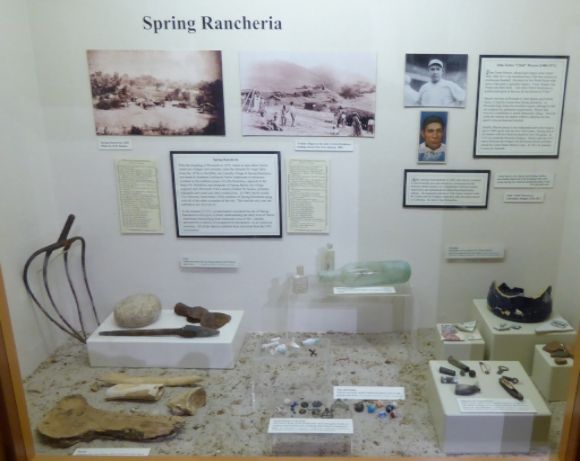
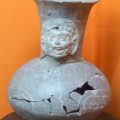
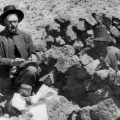
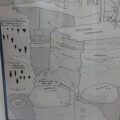
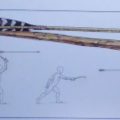
Leave a Reply